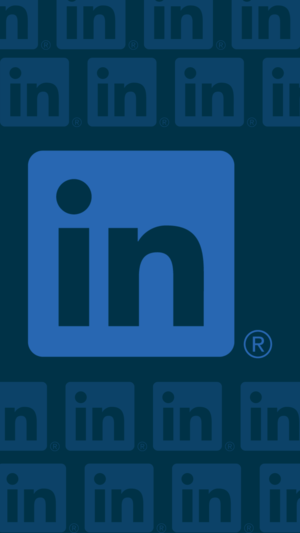Hear from an ESA Junior Professional: Laurentiu
The European Space Agency has officially opened applications for its prestigious Junior Professional (JP) Programme — a unique opportunity for early-career professionals to kick-start their journey in the space sector. To inspire potential applicants, we spoke with Laurentiu, a recent JP whose path into ESA took him from university labs to lunar missions. In this interview, he shares insights into his experience, the exciting projects he contributed to and how the programme helped shape his career. If you’ve ever dreamt of working in space exploration, now’s your chance to take that step.

What was your educational and professional background before joining the JP Programme?
I graduated from University Politehnica of Bucharest, with a degree in avionics and aerospace navigation. While studying, I did a couple of internships as a software engineer for various space projects. After graduation I spent a year and a half developing simulators for several space missions, then joined ESA as an ESA Graduate Trainee in the area of precise lunar landing.
Can you describe your role as a Junior Professional at ESA and the main projects you worked on?
My JP role focused on lunar exploration, providing system engineering support for several projects, but also covering other topics like verification and validation, GNC, operations preparation and procurement. The projects I worked on included PROSPECT, a robotic drill and laboratory system designed to search for water and other volatiles at the Moon’s South Pole to support future lunar exploration; Argonaut, Europe’s flagship lunar lander programme, aiming to deliver cargo and scientific payloads to the Moon’s surface; and Ultra-Wide Band (UWB), a lunar navigation and communication experiment using ultra-wide band technology to enhance precise positioning and data transfer on the Moon.
The most rewarding and exciting project I contributed to during the JPP was the PLWS (Puli Lunar Water Snooper), which is a scientific instrument designed to analyse gases released from lunar soil, helping to detect and study water and other volatile compounds at the Moon’s South Pole — key for understanding the Moon’s resources and supporting future exploration. It was my first time in a control room and I supported the operations of a scientific instrument at the Moon’s South Pole.

How did being part of the Junior Professional Programme help you grow professionally and personally?
Collaborating daily with the highly skilled and professional individuals in ESTEC greatly contributed to my development, allowing me to acquire new competencies across a wide range of areas — from core technical expertise to business negotiation and essential soft skills for managing space projects. It was also reassuring to know that expert support was always available whenever I needed guidance on various matters.
Additionally, through the JPP I had access to a range of mobility, training and development opportunities: I spent part of my time in the Argonaut project, ESA’s lunar lander programme that will support future robotic and crewed missions to the Moon, supporting the setup of the activity in Argonaut’s implementation phase. Additionally, I did a number of trainings in the areas of system engineering, concurrent development and verification and validation, all of which were very relevant in my day-to-day work. Finally, participating in different projects throughout the programme allowed me to collaborate with a range of European and American companies and research institutions.
What was it like working with experts in your field and being part of an international team at ESA?
At first, the experience felt quite daunting, as my colleagues all had extensive expertise in their respective fields. However, I quickly recognised the need to step up and learn as much as I could to collaborate effectively with them. Being part of an international group was especially rewarding: not only did it offer the chance to learn about different cultures, it also exposed me to diverse perspectives and approaches to problem-solving.

What has been your most memorable experience at ESA so far?
Another of the projects I worked on was LandCam-X, which is a camera system developed to assist lunar landing by providing terrain imaging and navigation support during descent. My involvement in the preparation of the LandCam-X flight model gave me my most memorable experience at ESA, as was the first time I had the opportunity to see and interact with hardware that will land on the Moon.
How do you feel the programme prepared you for the next steps in your career at ESA?
I believe the programme had a lasting impact on my career. It not only expanded my technical and professional capabilities but also shaped the way I approach challenges and collaboration in a multidisciplinary environment. The experiences and insights I gained have been truly invaluable, and I’ll always be grateful for the opportunity to be part of such a programme.
What advice would you give to the successful JP candidates?
Be curious, ask as many questions as possible and make use of the time spent with the knowledgeable people you’ll meet during the programme. Moreover, take advantage of the mobility and learning opportunities available.
If you had to describe the ESA Junior Professional experience in three words, what would they be and why?
I would sum up my ESA experience as: exciting, because working at ESA is a very exciting opportunity; inspiring, because working on space exploration missions is an amazing experience; and empowering, because the on-the-job learning part of the JPP means you get real responsibilities.

Life at ESA
Click here to discover what it’s like to work at ESA and take a virtual tour of our activities here.
Stay connected with us!
Join us on our Careers website, subscribe to our careers news or follow us on social media.










